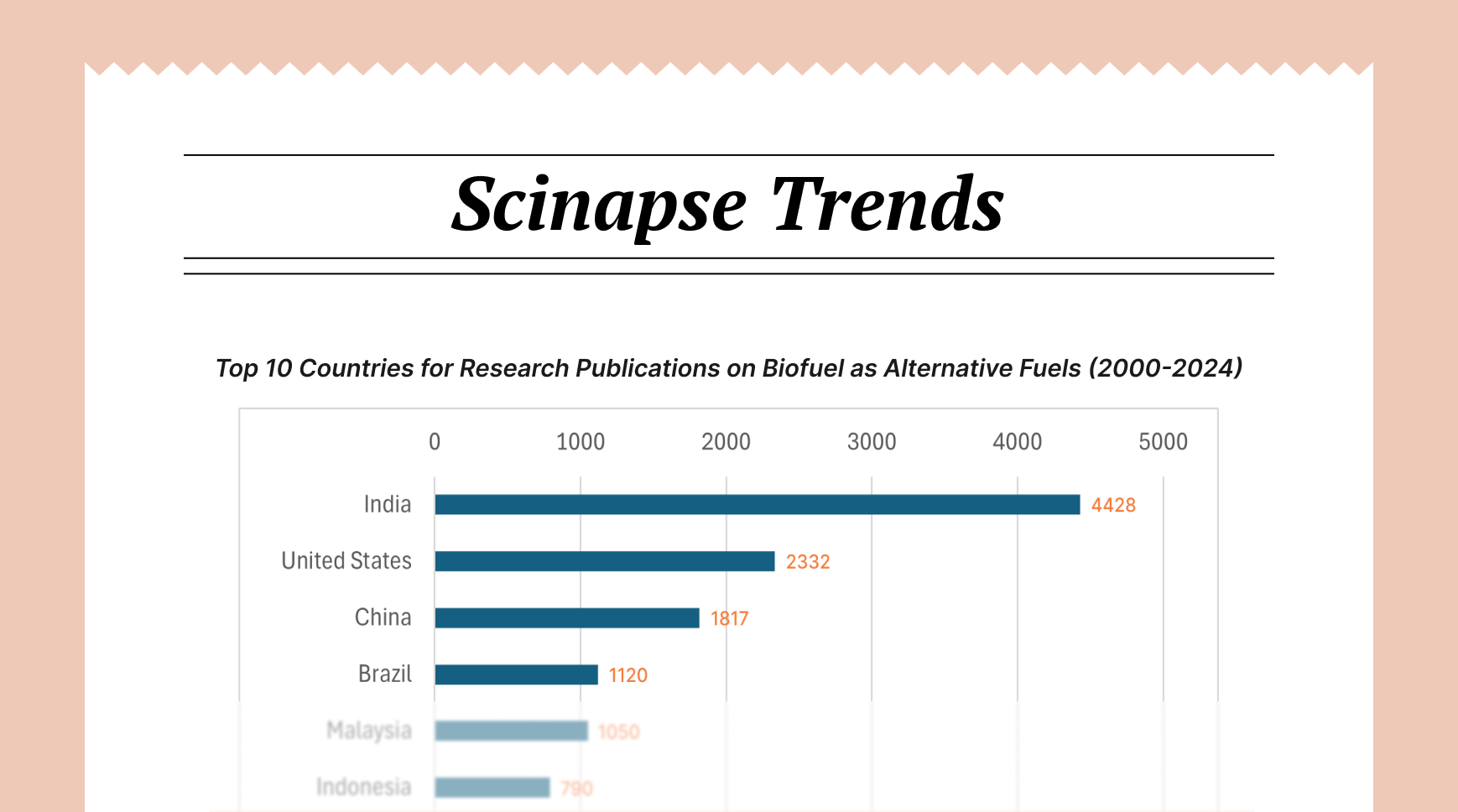How to Write a Literature Review for a Research Proposal

A literature review is a critical component of any research proposal, serving as the foundation upon which your study is built. More than just a summary of existing work, a well-crafted literature review demonstrates your understanding of the field, identifies gaps in current knowledge, and establishes the significance of your proposed research. This comprehensive guide will walk you through the process of writing an effective literature review for your research proposal, ensuring that you create a compelling narrative that contextualizes and justifies your study.

Understanding the Purpose of a Literature Review
Before diving into the writing process, it's essential to understand what a literature review aims to accomplish within a research proposal:
- Contextualizing your research: A literature review situates your proposed study within the existing body of knowledge, demonstrating how your work builds upon or addresses limitations in previous research.
- Establishing theoretical frameworks: It identifies and explains the theoretical perspectives that will guide your research.
- Identifying research gaps: A thorough literature review reveals areas where knowledge is lacking or where contradictions exist in current research.
- Demonstrating your expertise: The literature review showcases your familiarity with relevant studies, methodologies, and debates in your field.
- Justifying your approach: It provides rationale for your research questions, hypotheses, and methodological choices.
Step 1: Planning Your Literature Review
Define Your Scope
Begin by clearly defining the scope of your literature review. Consider:
- Time frame: Will you focus on recent studies or include historical perspectives?
- Geographic boundaries: Should you include international research or focus on specific regions?
- Disciplinary considerations: Will you incorporate literature from adjacent fields or stay strictly within your discipline?
- Methodological approaches: What types of studies will you include (quantitative, qualitative, mixed methods)?
Develop Research Questions
Formulate specific questions that your literature review will address. These should align with your broader research proposal questions and help focus your search for relevant literature.
Step 2: Conducting a Comprehensive Literature Search
Identify Key Sources
A robust literature review draws from various sources:
- Peer-reviewed journals: These represent the gold standard of academic research.
- Books and monographs: These often provide in-depth theoretical frameworks.
- Conference proceedings: These offer insights into emerging research trends.
- Dissertations and theses: These may contain detailed literature reviews on related topics.
- Government reports and policy documents: These are particularly relevant for applied research.
Effective Search Strategies
- Use academic databases: JSTOR, Google Scholar, EBSCO, PubMed, and discipline-specific databases.
- Employ Boolean operators: AND, OR, NOT to refine your searches.
- Apply citation tracking: Follow references from key articles to identify seminal works.
- Consult with librarians: Their expertise can help you navigate databases effectively.
- Set up alerts: Stay informed about new publications in your area.
Leveraging Scinapse for Literature Reviews
Scinapse stands out as the new-age academic search engine specifically designed for researchers conducting literature reviews. Unlike general search engines, Scinapse offers specialized features that streamline the process of finding the most relevant literature for your research proposal:
- Comprehensive coverage: Scinapse indexes over 200 million academic papers across diverse disciplines, ensuring broad access to scholarly works.
- Citation-based relevance: The platform uses citation relationships to help you identify influential papers and trace academic lineages in your field.
- Research trend analysis: Scinapse provides visual analytics on research trends, helping you identify emerging topics and active areas of inquiry.
- Advanced filtering: Refine results by publication year, journal impact factor, citation count, and open access availability.
- Connected papers feature: Discover related research through network visualization, making it easier to identify conceptual relationships between studies.
- Author metrics: Evaluate the prominence of researchers in your field through comprehensive author profiles and impact metrics.
- Personalized recommendations: As you save papers to your library, Scinapse learns your research interests and suggests relevant new publications.
When using Scinapse for your literature review, consider these strategies:
- Start broad, then narrow: Begin with general keyword searches, then use Scinapse's filtering tools to focus on specific subtopics.
- Leverage the citation network: Explore both cited and citing papers to understand how ideas have evolved and been applied.
- Create topic collections: Organize papers into custom collections based on themes relevant to your research proposal.
- Export bibliographic data: Scinapse allows you to export citation information in multiple formats compatible with reference management software.
- Collaborate with team members: Share collections and findings with colleagues or advisors to gather diverse perspectives on the literature.
By incorporating Scinapse into your literature review process, you can more efficiently identify seminal works, discover emerging research, and ensure comprehensive coverage of your topic area.
Organize Your Findings
As you collect sources, develop a systematic approach to organization:
- Create a spreadsheet or use reference management software (e.g., Zotero, Mendeley, EndNote).
- Record complete citation information, key findings, methodologies, and relevance to your research.
- Note connections between studies and emerging themes.
Step 3: Analyzing and Synthesizing the Literature
Critical Evaluation
Approach each source critically, assessing:
- Methodological rigor: Are the methods appropriate and executed properly?
- Validity of findings: Are conclusions supported by the data?
- Relevance to your research: How does this work relate to your proposed study?
- Theoretical foundations: What conceptual frameworks inform the research?
- Limitations: What weaknesses or gaps exist in the study?
Synthesis Approaches
Rather than simply summarizing individual sources, your literature review should synthesize the material:
- Thematic organization: Group studies addressing similar aspects of your topic.
- Chronological development: Trace the evolution of ideas or approaches over time.
- Methodological comparisons: Contrast studies using different research methods.
- Theoretical frameworks: Organize literature according to underlying theories.
- Controversy analysis: Highlight debates or conflicting findings in the field.
Step 4: Structuring Your Literature Review
Essential Components
A well-structured literature review typically includes:
Introduction
- Define your research topic and objectives
- Explain the organization of your review
- Establish the significance of the topic
Main Body
- Present themes, concepts, or methodological approaches
- Analyze and synthesize findings from different sources
- Highlight agreements, contradictions, and gaps in the literature
Conclusion
- Summarize key findings from the literature
- Identify the research gap your study addresses
- Connect the literature review to your proposed research questions or hypotheses
Organizational Strategies
Choose an organizational approach that best serves your research purpose:
- Thematic: Organize by concepts or theoretical issues
- Methodological: Group studies by research approach
- Chronological: Present literature in historical sequence
- Theoretical: Structure around competing theories or models
Step 5: Writing Your Literature Review
Develop a Cohesive Narrative
Your literature review should tell a compelling story about the state of knowledge in your field:
- Use transition sentences to connect ideas and sections
- Develop clear topic sentences that introduce new themes or arguments
- Maintain a logical flow from one section to the next
- Balance depth of analysis with breadth of coverage
Maintain Academic Rigor
- Support claims with evidence from the literature
- Use appropriate disciplinary terminology
- Adhere to citation standards in your field
- Avoid overgeneralizations or unsubstantiated assertions
Avoid Common Pitfalls
- Mere summarization: Focus on analysis and synthesis rather than description
- Confirmation bias: Include studies that contradict your views
- Outdated sources: Ensure you incorporate recent research
- Overreliance on secondary sources: Prioritize primary research articles
- Lack of critical perspective: Evaluate rather than simply report findings
Step 6: Refining Your Literature Review
Revision Strategies
- Read for coherence and logical flow
- Check for balanced coverage of key themes
- Ensure consistent citation formatting
- Verify that your review supports your research proposal's aims
- Seek feedback from colleagues or advisors
Final Polishing
- Edit for conciseness and clarity
- Eliminate repetitive information
- Strengthen transitions between sections
- Check that your review establishes the gap your research will address
Conclusion
A literature review is far more than a prerequisite for research—it's a scholarly conversation you're joining and extending. By following these guidelines, you can create a literature review that not only demonstrates your knowledge of the field but also convincingly establishes the significance and originality of your proposed research. Remember that your literature review should be a dynamic component of your research proposal, one that evolves as you refine your research questions and methodology. With careful planning, thorough research, critical analysis, and thoughtful organization, your literature review will provide a solid foundation for your research endeavor.
By approaching your literature review as an opportunity to engage deeply with existing scholarship rather than a bureaucratic hurdle, you'll produce a document that strengthens your research proposal and contributes meaningfully to your intellectual development as a researcher.
Author: Uttkarsha B
- AI-Ethicist and STM Research & Publishing Expert
Never re-search again.
Scinapse is made by researchers for researchers.
Join the next generation of research at ⏯️ https://scinapse.io/
Pluto Labs
Pluto Labs helps researchers focus on their research by improving several inefficiencies in the academic research process. We offer data-driven insights from academic papers, allowing users to easily obtain review-level results for their desired range of papers.
https://pluto.im/





Comments ()